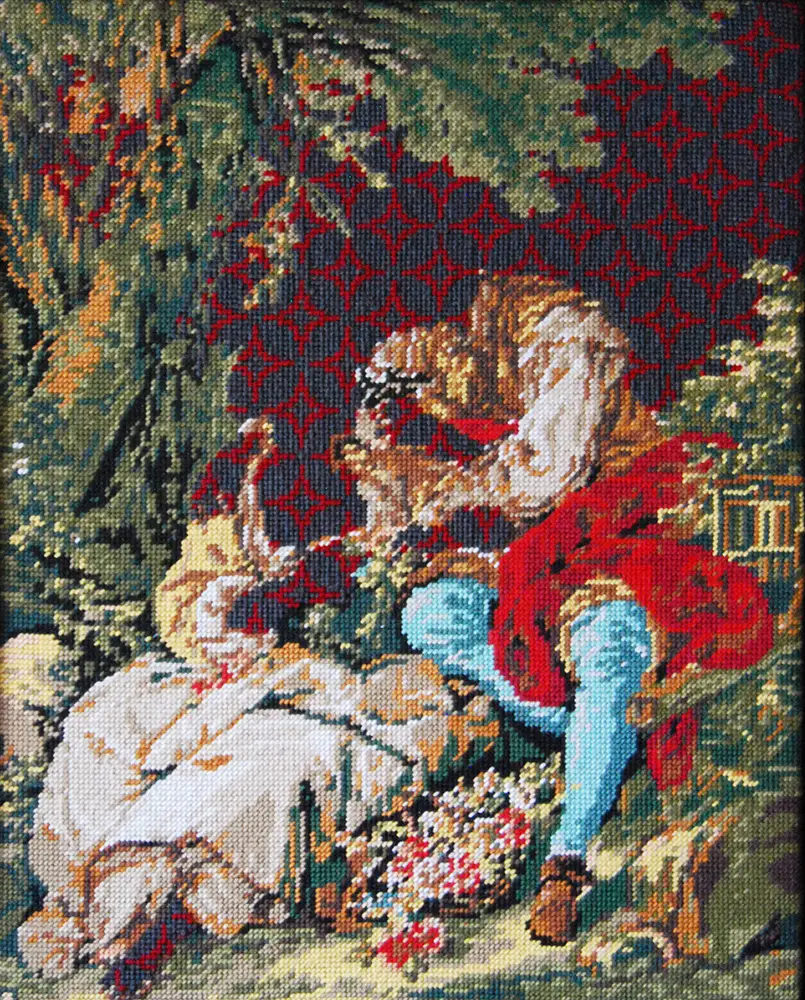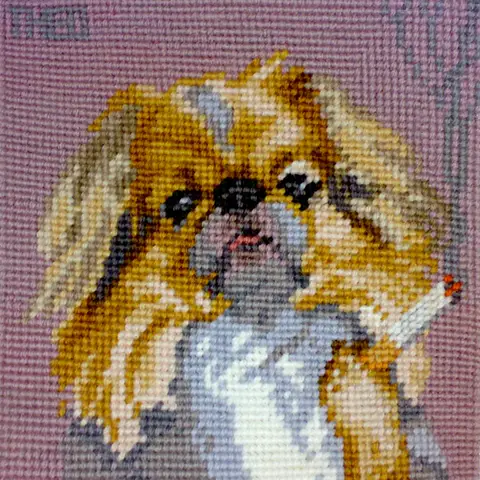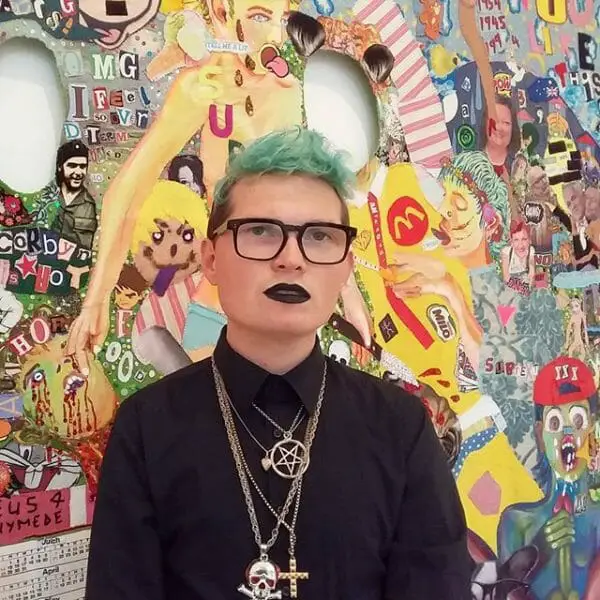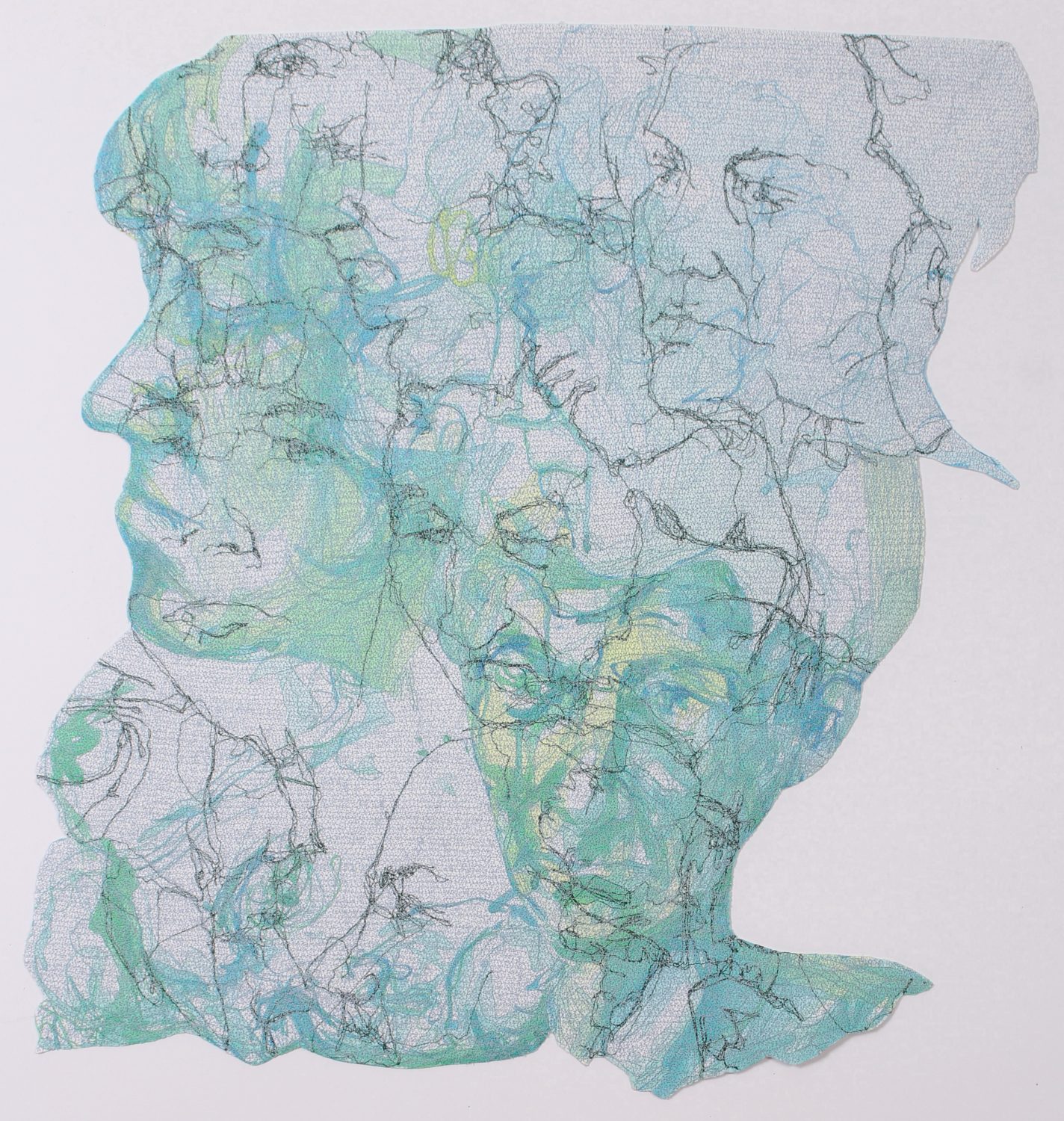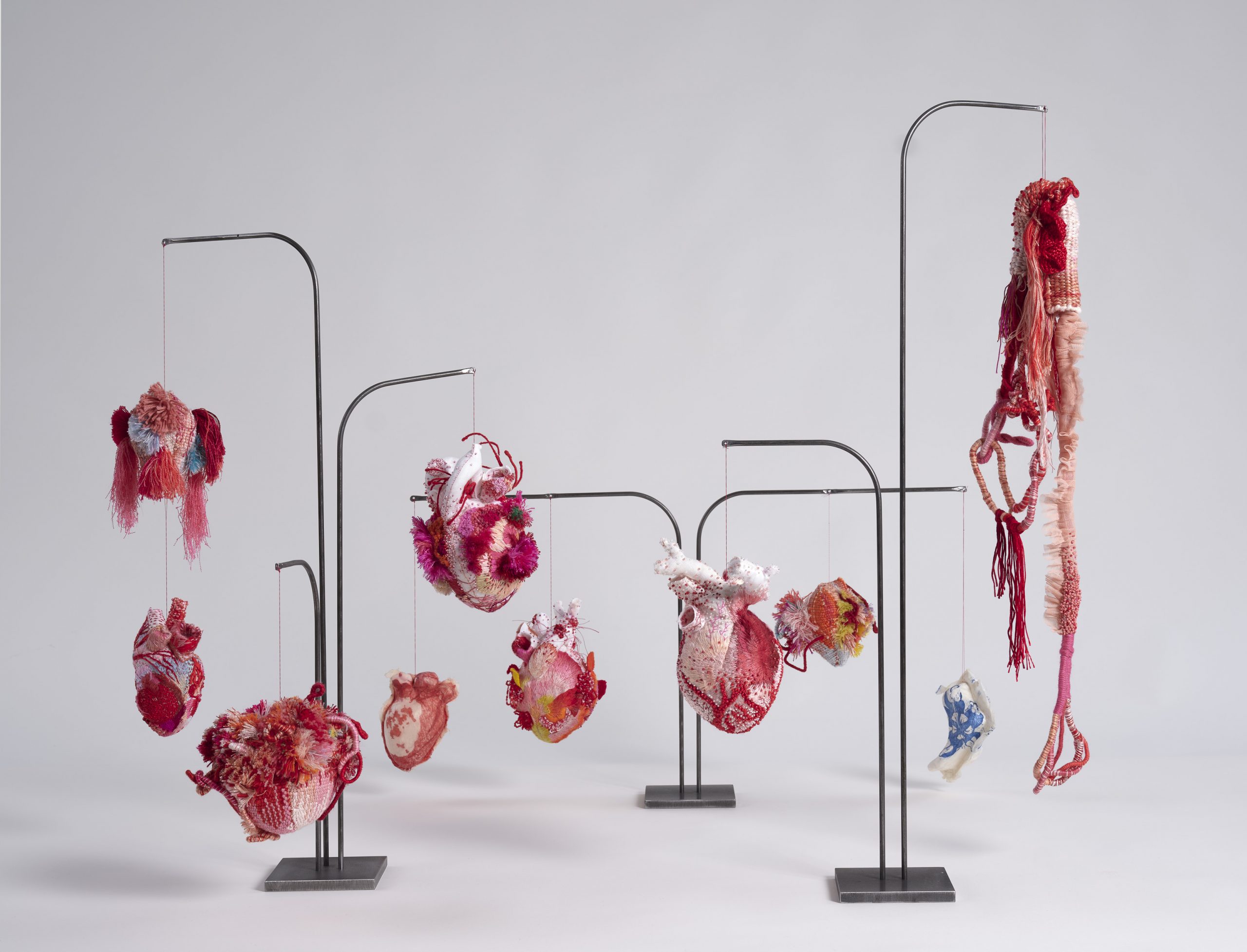
Welcome to Manbroidery, where we interview men who stitch. This time, it’s Matt Smith.
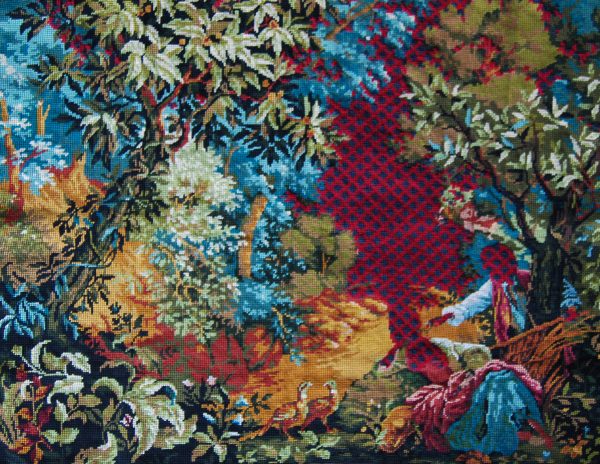
Name: Matt Smith
Location: Kilkenny, Ireland/Brighton, England
Main embroidery medium: Needlepoint
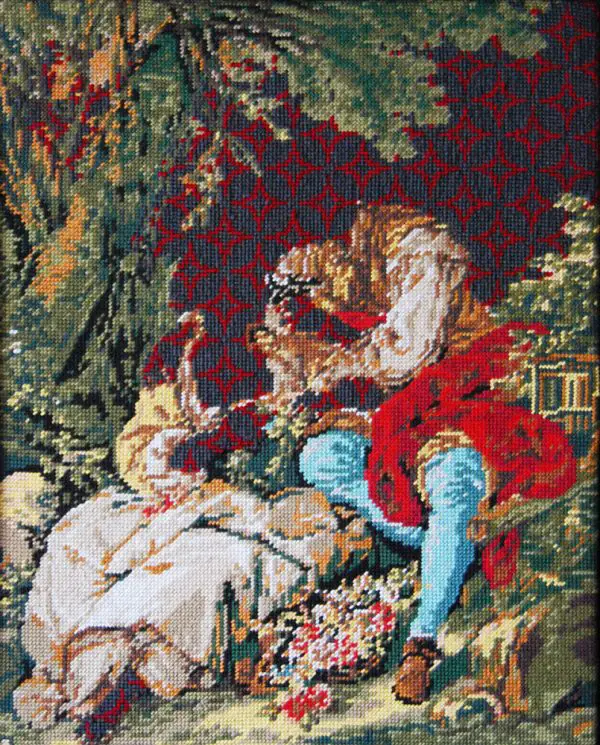
Noteworthy projects or pieces: The pieces are shown in gallery shows, and have been acquired by the V&A, the Crafts Council, Ulster Museum and Brighton Museum
How did you come to be an embroiderer? I was taught to sew my by mum when I was about 6 or 7 and have sewn pretty consistently since then. I first started showing work with a gallery in 2015
What does it mean to you? Most of the women in my family sewed and it particularly connects me with my paternal grandmother.
Where do you like to work? I have a practice as a ceramicist as well as sewing. The sewing tends to happen in the evening at home. When working with clay, it is quite difficult to move backwards in the process, so mistakes amplify during the making. I really appreciate the ability to unpick and restitch that comes with working with textiles.
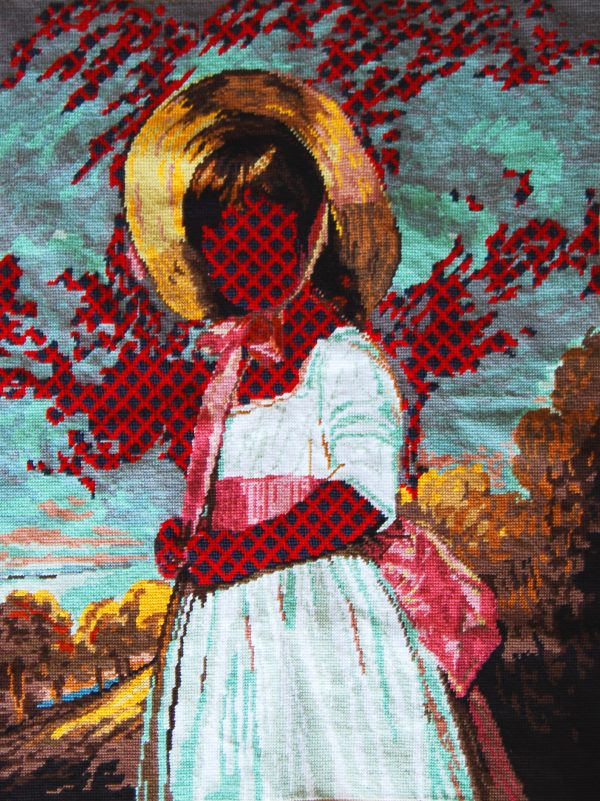
You work in two mediums that are quite distinct. I wondered whether you have two concurrent creative paths, with the two media being distinct in your mind. Or whether you see them as part of one path?
Rather than seeing ceramics and needlework on a simpler/more complicated binary, I’m interested in them in a circular/linear binary.
With clay, it is much harder to go backwards and redo things – as the clay gets dryer and eventually fired, your options become more limited.
With the needlework there is a sense that anything can be unpicked and restitched, and I really appreciate this aspect of the work.
There is a shared narrative to the ceramics and the needlework – an exploration of the unsaid or unseen and a repurposing of objects into revised contexts or narratives. I am sure cross over happens between the two practices, but this is not something I particularly aim for or intentionally interrogate.
The work with ceramics happens in the studio since it is a messy process whereas working with textiles often happens at home. The ceramics is therefore a more solitary and quiet practice whereas the textiles occupies a more quotidian space, very much part of daily life.
How do people respond to you as a male embroiderer? It’s been remarkably positive. When talking with other people who sew, the conversation usually focuses more on process and ideas than identity or gender.
Who inspires you? It’s a long list. I’m a big admirer of the work of Rozanne Hawksley and I get very inspired by the thinking of artists Fred Wilson and Glenn Ligon. If you’re looking for a Christmas present though, I’d be very happy with a Keith Vaughan or Lynn Chadwick.
How or where did you learn you learn how to stitch or sew? My mother showed me the basics and I had a childhood of making tapestries, soft toys and clothes.
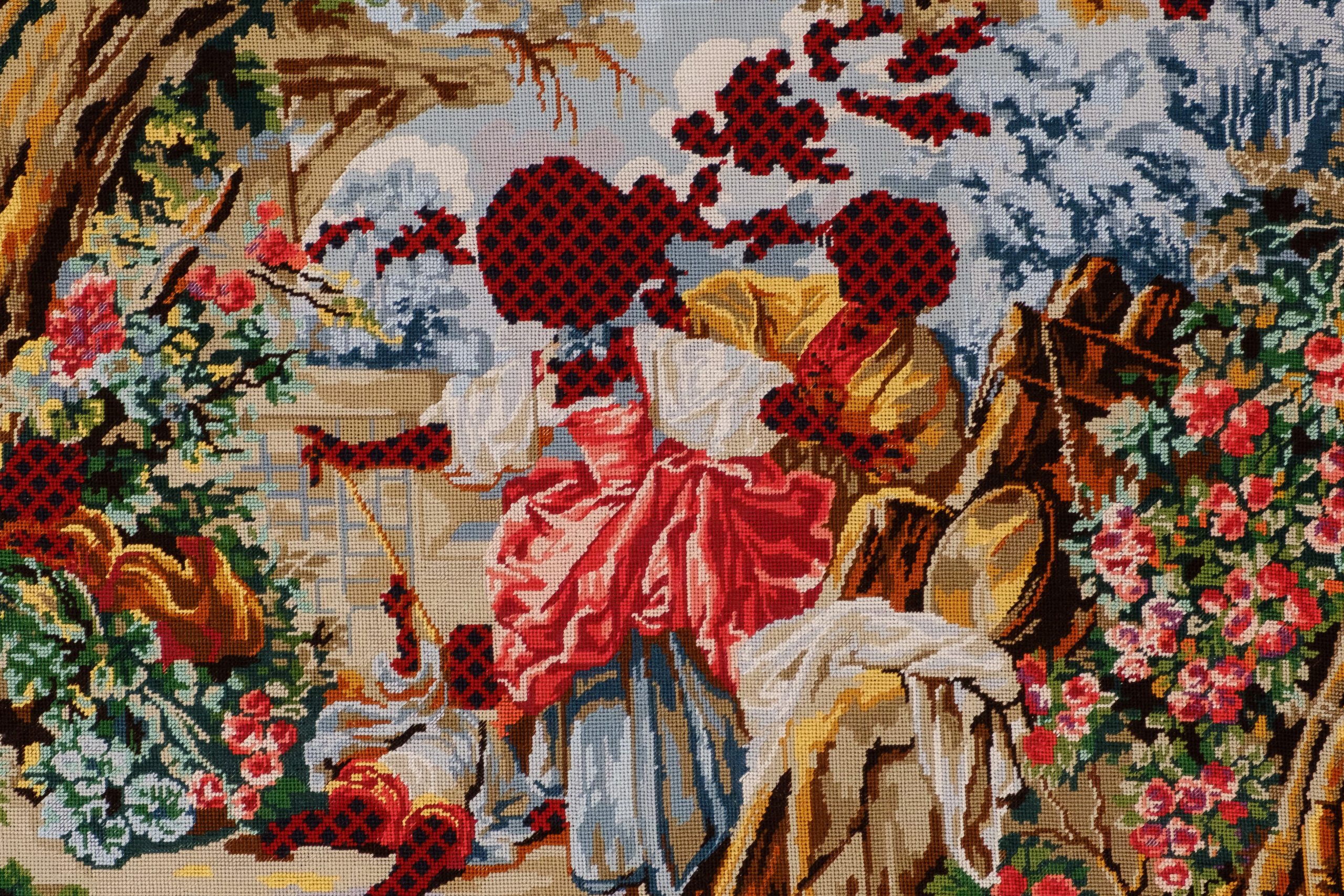
Are your current images new ones or have you used them before? I mainly rework found needlepoint, so to a large extent I’m governed by which images have become commercially produced. Of these, I am particularly drawn to works by Boucher, Gainsborough and Fragonard. These completed kits are then partially unpicked and restitched.
I am interested in how these works by named artists are translated into hobby kits for unknown amateurs to work and then are reworked by a named male artist and move back into the art world.
The identities of the sitters are removed and replaced with graphic patterns. Signifiers of gender, age and ethnicity are no longer there and provide a space for alternative bodies and sexualities to be imagined, questioning the pervasive historical norms within the historical artistic canon.
How has your life shaped or influenced your work?
I started working with this method while researching a practice-based PhD exploring Queer Craft. I was reading about how feminist and queer readings in literature often cited the marginalised characters in literature as fertile places to look for queer identities. I was interested in how, as a visual artist, the removal of the primary focus in a work would do some of this work for the viewer – forcing them to explore the marginal and liminal spaces in the work.
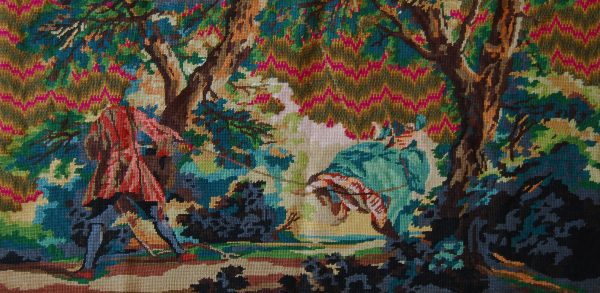
What are or were some of the strongest currents from your influences you had to absorb before you understood your own work?
It’s been interesting talking with other people about the work and hearing what the works say to them. Issues of repair, reuse and recycling come up for some viewers. While that was never my intention, I enjoy those associations begin brought to the work.
Do formal concerns, such as perspective and art history, interest you?
Completely. Both with the textile works, and also with the ceramics I make, I’m constantly investigating how art history, and museums, edit and select which histories and narratives are explored…and which are being silenced or overlooked.
There has been a lot of divisive arguments about wokeness. It doesn’t feel that woke to me to want to see your own history reflected in museums and galleries. I think that a more honest, rounded and inclusive representation of the country has the potential to do great things.
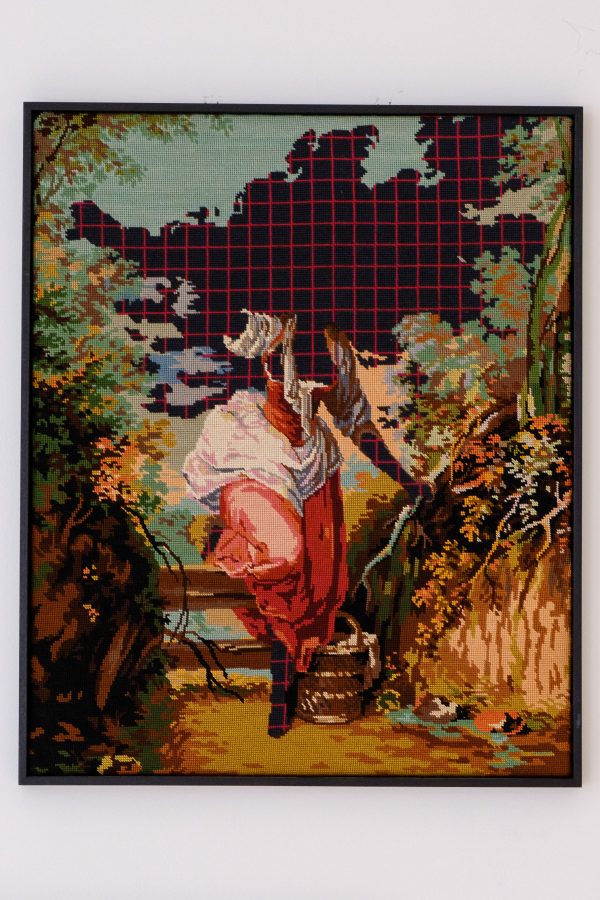
Do you have any secrets in your work you will tell us?
Unpicking someone else’s work can feel like a very intimate conversation with a stranger. Unless they are a chaotic stitcher, in which case it becomes a bit of an argument.
How do you hope history treats your work?
I hope that the work pokes the edges of what is considered mainstream within the art canon. Textiles, craft, queerness are all finding their place in a way that was historically not open to them within the artworld. I hope they help other artists pushing even further at the boundaries to get acquired by public collections.
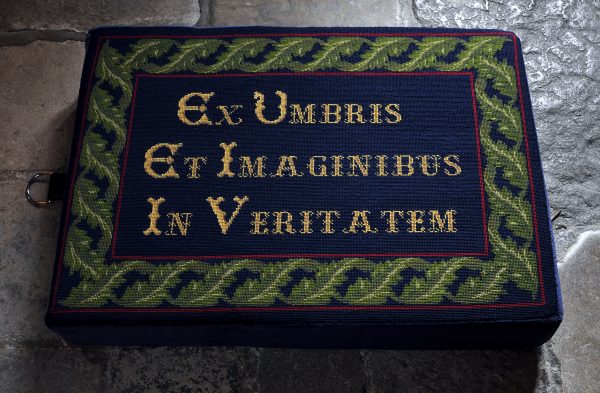
Where can we find you and your work?
In the UK, Cynthia Corbett Gallery shows my work and you can follow me on Instagram or at my website.

